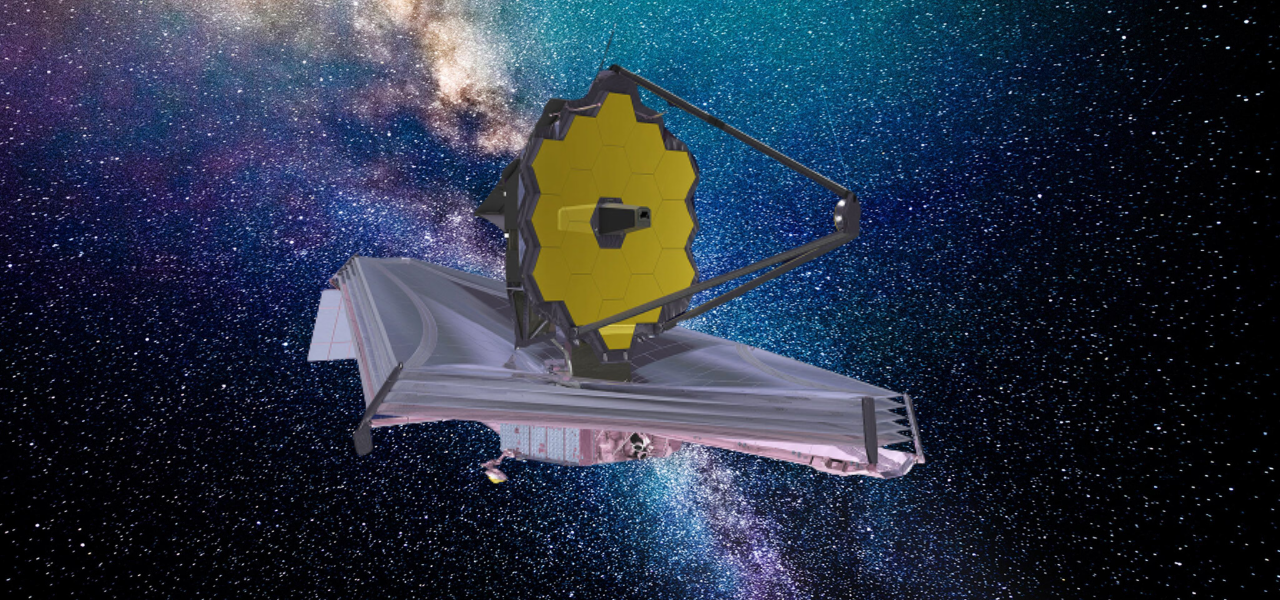Current research and new discoveries are generating excitement in the attempt to answer one of humanity’s most profound questions: are we alone in the universe? The likelihood that we will find evidence of extraterrestrial life is beginning to excite scientists. The scientific community is abuzz about a big discovery made lately by NASA’s ground-breaking James Webb Space Telescope. The ramifications are significant as it discovered indications of life on a planet outside of our solar system.
The James Webb Space Telescope (JWST) has ignited hope in the scientific community with its remarkable discovery. This incredible space telescope recently detected a potential sign of life on a distant exoplanet known as K2-18b. Located a staggering 120 light-years away, K2-18b is no ordinary celestial body. JWST spotted a possible trace of gas in its atmosphere, a gas that could be produced by simple marine organisms. The implications of this discovery are enormous.

K2-18b is a member of the class of exoplanets known as “sub-Neptunes,” which are distinguished by their sizes being in between those of Neptune and Earth. Sub-Neptunes are more mysterious than any planet in our solar system in many ways. Researchers are now debating the composition of these unusual celestial bodies’ atmospheres, and comprehension of them is a continuous task.
The most important scientific issue of our time, “Are we alone in the universe?” will be addressed by the discoveries made by the James Webb Space Telescope, which is about to embark on a historic voyage. The finding of possible life indicators on K2-18b is evidence of human curiosity and our never-ending quest for knowledge. The outlook is positive even though it might take some time to validate these indications. The scientific community is excited to see the outcomes of the additional data that will be available to researchers in around a year.
While the James Webb Space Telescope won’t directly spot little green beings or alien cities, its discoveries could provide compelling evidence of the existence of alien life, even if it’s in the form of microorganisms. The sheer magnitude of the cosmos suggests that the potential for extraterrestrial life is not only possible but highly likely. Finding life beyond Earth would be a monumental scientific achievement and reshape our understanding of the universe.
The search for extraterrestrial life with the James Webb Space Telescope also involves the study of habitability and the determination of Goldilocks zones. The habitable zone, also known as the Goldilocks zone, is the region surrounding a star where conditions are ideal for liquid water to exist on a planet’s surface, which is a necessary component of life as we know it.
Webb will advance our knowledge of habitability through his research on exoplanets in these zones. Through the measurement of temperatures and atmospheric compositions, scientists are able to determine whether or not life is supported on these worlds.
